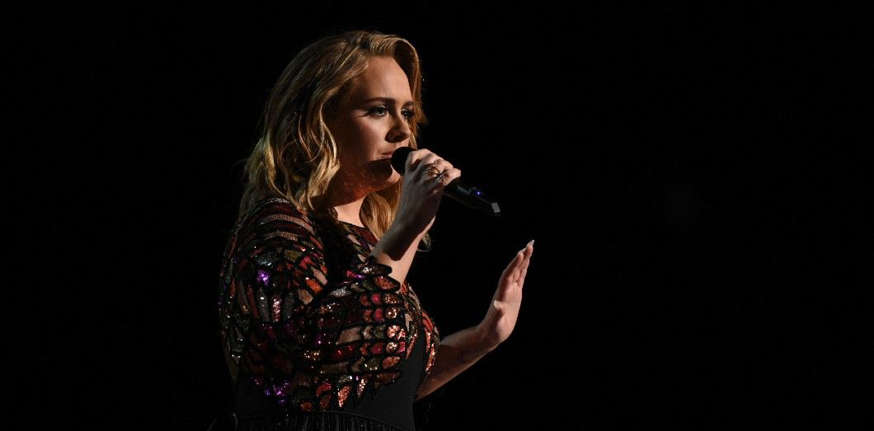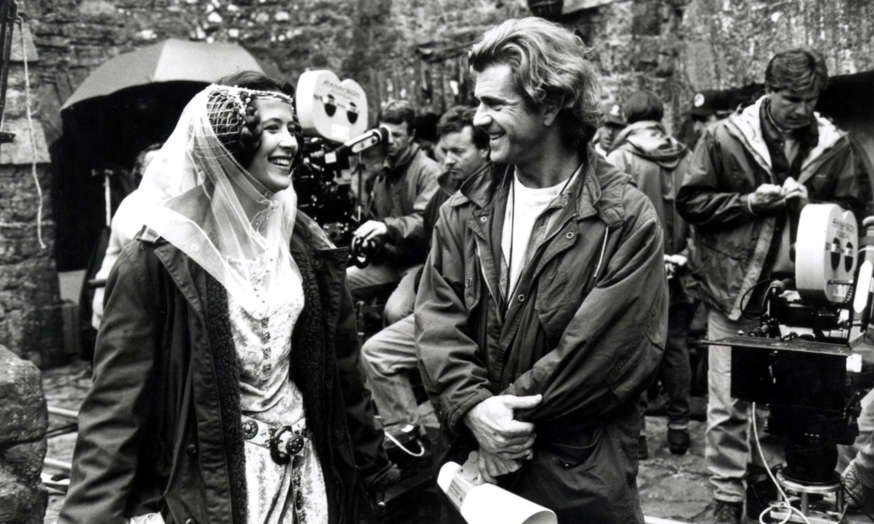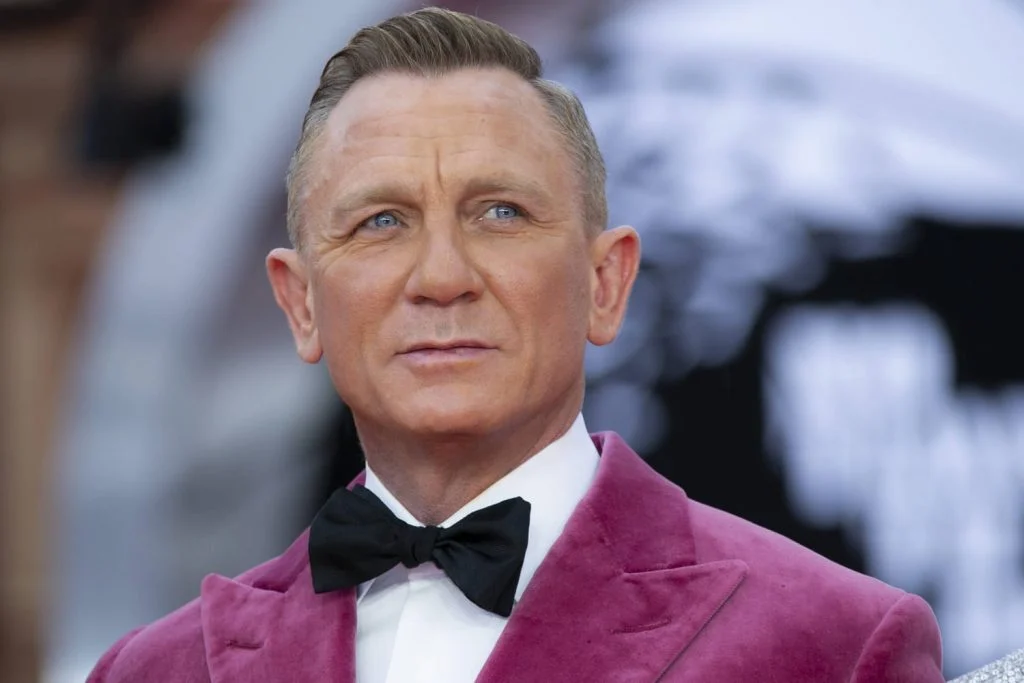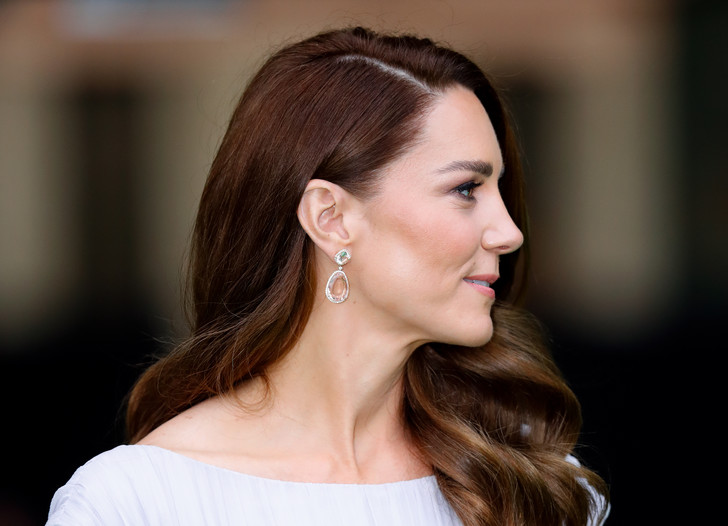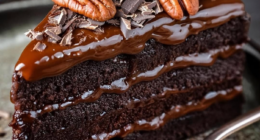Adele is an anomaly, a walking anachronism. In a century, ours, which has seen the recording industry wallow and then rise again as best it can, which has seen physical media dematerialize at a glance, it manages to be permanently part of history, to titillate the biggest names in modern music on their own ground.
Hang on: his second album, 21, released in 2011, has sold more than 35 million copies. That’s more than The Beatles’ Sgt. Pepper’s Lonely Hearts Club Band, Mariah Carey’s Music Box, or the Eagles’ Hotel California. It is, by far, the best-selling album of the last twenty-five years. She has sold as many records as Bruce Springsteen, Beyoncé solo, or Prince. And this is only three albums.
While its fourth, entitled 30, is out today, there is no doubt that it’s commercial stature is about to take a little more volume.

Clope to the beak
Adele has been in the bath for fifteen years now. It seems far away, the time when England discovered this young singer trend working class of 19 years with a rare chest and early relaxation. Not frankly carved into the physical shackles of pop divas, not a dancer trained at the Mickey Mouse Club school. Good.
When she arrived in 2007, she offered nothing but her music. She takes her guitar, an instrument of which she is far from being a virtuoso, chains some simple chords, dressed in a t-shirt and jeans, closes in the beak, and lets her voice do the job. She is impressive and not impressed for a penny. Even when she is invited to sing in a small camera transformed into a studio in front of the great Pete Townshend, leader of The Who. She is then a complete unknown in the eyes of the public. But it’s not going to last.

Five months after this performance, she released her first single, “Hometown Glory”, then followed with “Chasing Pavements”, a huge hit across the Channel. His first album, 19, arrived in January 2008. The pundits of the English music industry then seek to confirm the explosion of Amy Winehouse, which occurred in 2006 with the album Back To Black. And it’s not obvious.
Except that with Adele, there is almost nothing to work on. The voice, the texts, and the interpretation are there, raw. His songs are, for the most part, guitar-voice compositions that just have to be arranged in orchestrated walks or in more intimate moments. The English public knows how to be content with it, knows how to put music before almost anything else. 19 is a success. But to break into the United States, where artists have to give of themselves, have to offer something else, it’s a different story.

Calm in the middle of the storm
Adele is signed to XL Recordings, a British indie record company, not really cut to polish a global success. It is the major Sony that will be in charge of conquering the New World.
In June 2008, the local charts are led by a wave of pop divas: Katy Perry has just released the single “I Kissed A Girl”, Lady Gaga pushes the nail with “Just Dance” and prepares the arrival of her resounding first album, Beyoncé is about to release her third solo album, I Am… Sasha Fierce, Rihanna continues the exploitation of her five-time platinum album Good Girl Gone Bad… Even Britney Spears is in the game with her singles “Piece of Me” and “Womanizer”.
In short, the market seems saturated with singers who certainly sell music at the full ball, but also clothes, Coke, pyrotechnic shows, and gargantuan clips. They also sell sex. Without trying to essentialize their artistic approach, not all musicians walk in briefs on TV sets. That’s part of the thing, and why not.

Adele doesn’t do any of that. Its emergence in the United States is certainly due to Sony’s promotional work, but also to this sobriety.
On October 18, ultraconservative politician Sarah Palin, who was then running for vice president of the United States, was the guest of “Saturday Night Live”. In front of her, actress and comedian Tina Fey are there to caricature her. Audiences peaked at 14 million viewers, a record over the last fifteen years for the program. Amid the discord and yellow laugh bars, Adele appears for the musical interlude.
The scenery is crystal clear, the microphone static, the voice not very assured at first, and “Chasing Pavements” is sung at the top of its lungs. It’s simple, uncluttered… Everything that is missing from the sketches and debate then raged on the set. America takes Adele in the full trunk, music spearheading. It is decided, it will indeed be his credo.

“I make music for the ears”
Thirteen years later, the majors’ oils are still struggling to understand Adele’s success. And that’s normal. Because the media and the major record companies largely guide the composition of the musical landscape, it is the public who has the last word. Flooding the radios with an artist’s songs, overexposing him, it helps, that’s for sure. But for success to happen, you need consumer buy-in, just like in any industry.
Adele and her teams (she is very well surrounded) understood that membership was easy – and mainly confined themselves to it. So, sobriety, authenticity, the impression of hearing a high school student sing more talented than the others becomes a trademark. Non-strategy becomes strategy. Without becoming an opera singer perched on a pedestal, unreachable, she swears, burp on stage, messes up, speaks, and sings loudly, incredibly well.
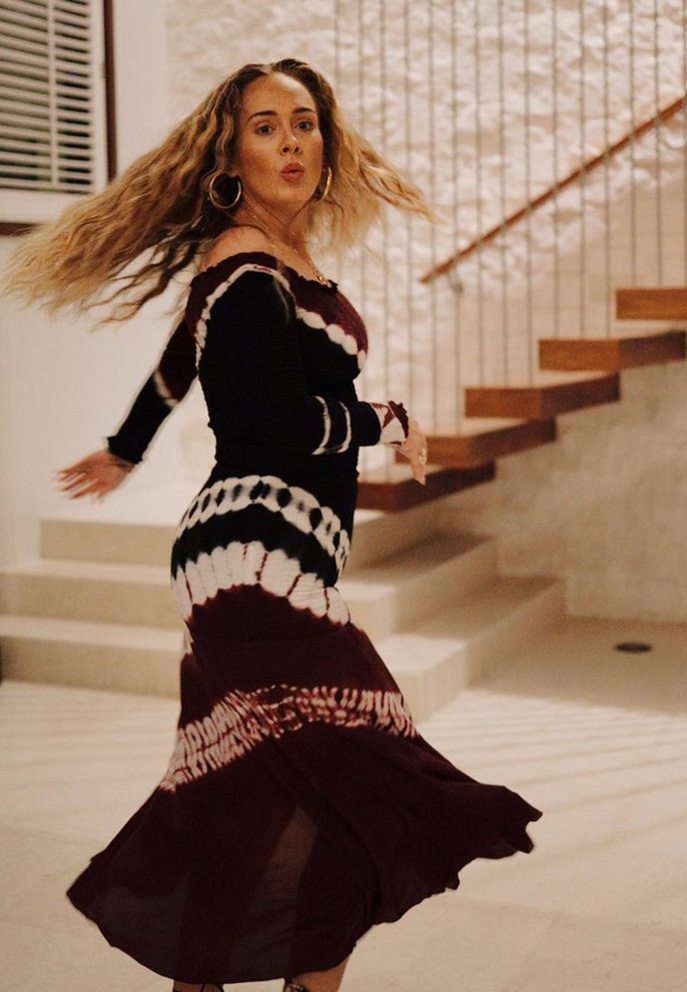
The more success grows, the more his personality, private life, and communication seem to be side effects. Even when she goes on to talk at length about her divorce and weight loss on American television, that’s never what really matters. “I don’t make music for the eyes, I make music for the ears,” she told Rolling Stone magazine in 2011. Paradoxically, its ordinary side detonates in the midst of the extraordinary that would be required.
But a voice and lyrics are not enough to impress a world or to reach the 100 million albums sold mark.
From 21, his music becomes more massive, always pulls tears, even more, perhaps, puts aside intimate arrangements to privilege the intimate themes. It changes everything. Compositions and recordings are based on acoustics, on instruments, while pop canons mostly embrace electronics. But let me be clear: all this is now thought out and calculated. If Adele arrived like a hair on the soup on an almost anachronistic niche, she knew how to comfort herself and exaggerate this position.
His new album, 30, starts with Rhodes keyboard chords and his voice that overlooks them, on string progressions, all in mastery. Too much, some will judge. Even when she changes her niche, when she doubles, triples, quadruples her voice to make it an unrealistic chorus, when she deviates from her great musical principles, it is the melody that prevails. And the lyrics. That doesn’t change.
30 is a different album from its predecessors (XL Recordings is no longer in the game). But it is further proof that Adele’s main thing is to listen to her music. Whether we like it or not, it is through this prism – and this prism only – that the singer is judged. It commands respect.
Don’t miss interesting posts on Famousbio

